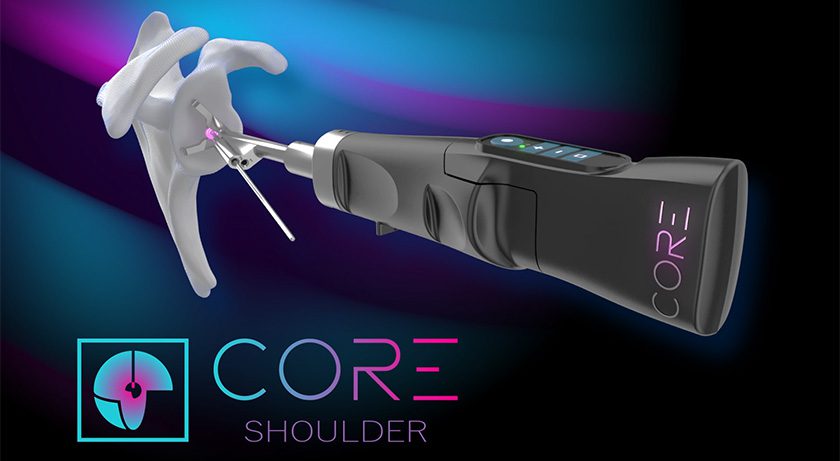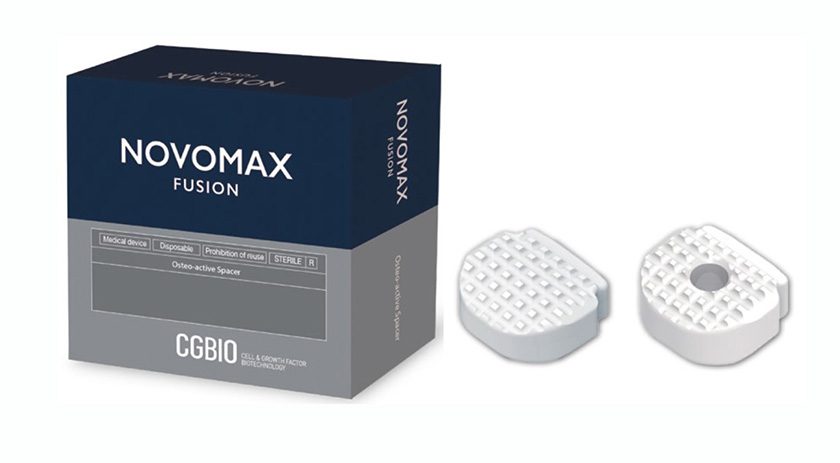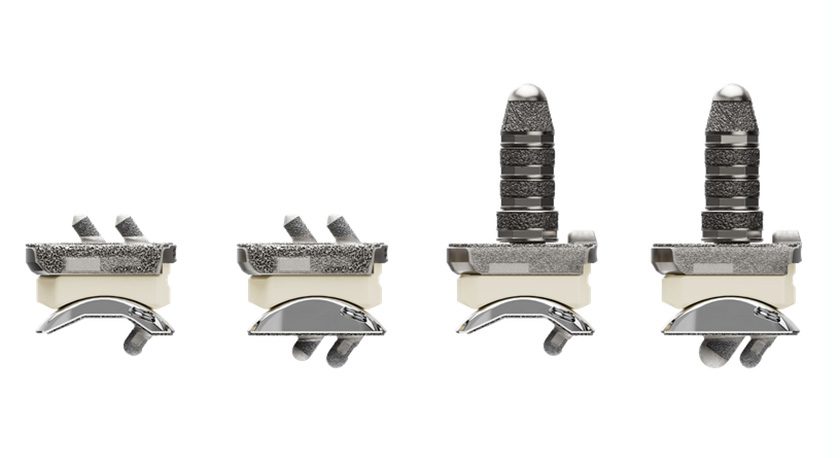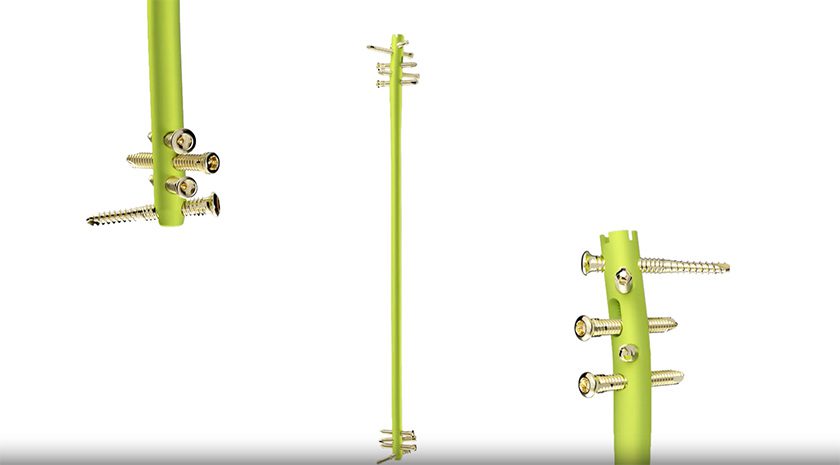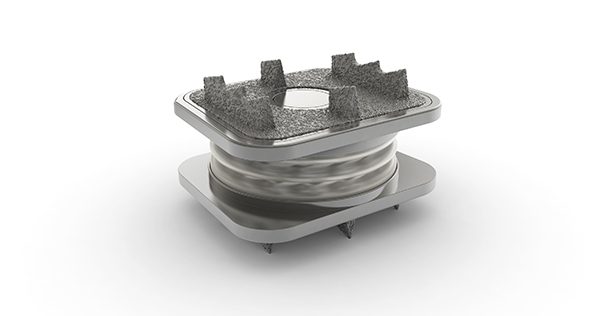

 Copy to clipboard
Copy to clipboard 
Orthofix Medical announced the first patient implant in an FDA clinical study that will evaluate the safety and effectiveness of the M6-C™ artificial cervical disc compared to anterior cervical discectomy and fusion (ACDF) for the treatment of contiguous two-level symptomatic cervical radiculopathy.
Being conducted under a U.S. Investigational Device Exemption (IDE), the study will evaluate the safety and effectiveness of the M6-C artificial cervical disc compared to ACDF for the treatment of contiguous two-level symptomatic cervical radiculopathy at vertebral levels from C3 to C7 with or without spinal cord compression.
Patients will be concurrently enrolled in the M6-C treatment group and the ACDF control group. For the study, 263 patients will undergo either a two-level cervical artificial disc procedure or an instrumented ACDF procedure as per site group assignment. Patients will be evaluated clinically, radiographically, and via the collection of patient-reported outcomes at six weeks, three months, six months, 12 months and 24 months. The primary endpoint is overall success at 24 months.
“To date there have been more than 55,000 implantations worldwide of the M6-C artificial cervical disc,” said Orthofix President of Global Spine Kevin Kenny. “We are excited to begin this study as it supports our commitment to continue to build upon the global body of evidence supporting the use of the M6-C artificial cervical disc as a safe and effective treatment for patients suffering from the debilitating pain of degenerative disc disease.”
Source: Orthofix Medical
Orthofix Medical announced the first patient implant in an FDA clinical study that will evaluate the safety and effectiveness of the M6-C™ artificial cervical disc compared to anterior cervical discectomy and fusion (ACDF) for the treatment of contiguous two-level symptomatic cervical radiculopathy.
Being conducted under a U.S....
Orthofix Medical announced the first patient implant in an FDA clinical study that will evaluate the safety and effectiveness of the M6-C™ artificial cervical disc compared to anterior cervical discectomy and fusion (ACDF) for the treatment of contiguous two-level symptomatic cervical radiculopathy.
Being conducted under a U.S. Investigational Device Exemption (IDE), the study will evaluate the safety and effectiveness of the M6-C artificial cervical disc compared to ACDF for the treatment of contiguous two-level symptomatic cervical radiculopathy at vertebral levels from C3 to C7 with or without spinal cord compression.
Patients will be concurrently enrolled in the M6-C treatment group and the ACDF control group. For the study, 263 patients will undergo either a two-level cervical artificial disc procedure or an instrumented ACDF procedure as per site group assignment. Patients will be evaluated clinically, radiographically, and via the collection of patient-reported outcomes at six weeks, three months, six months, 12 months and 24 months. The primary endpoint is overall success at 24 months.
“To date there have been more than 55,000 implantations worldwide of the M6-C artificial cervical disc,” said Orthofix President of Global Spine Kevin Kenny. “We are excited to begin this study as it supports our commitment to continue to build upon the global body of evidence supporting the use of the M6-C artificial cervical disc as a safe and effective treatment for patients suffering from the debilitating pain of degenerative disc disease.”
Source: Orthofix Medical

You are out of free articles for this month
Subscribe as a Guest for $0 and unlock a total of 5 articles per month.
You are out of five articles for this month
Subscribe as an Executive Member for access to unlimited articles, THE ORTHOPAEDIC INDUSTRY ANNUAL REPORT and more.
JV
Julie Vetalice is ORTHOWORLD's Editorial Assistant. She has covered the orthopedic industry for over 20 years, having joined the company in 1999.


